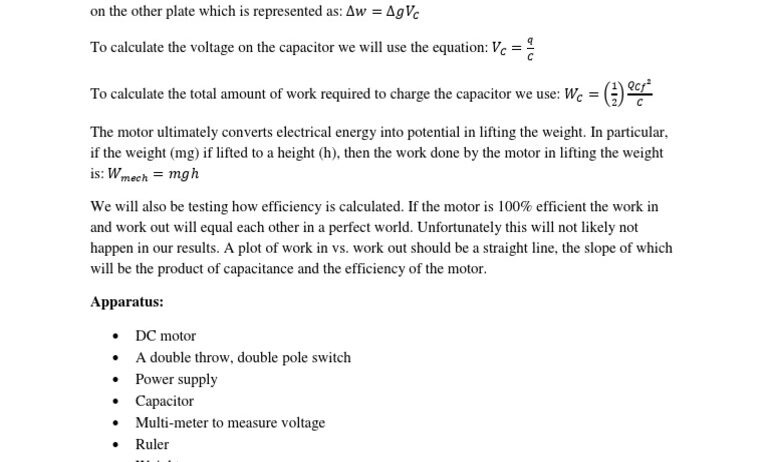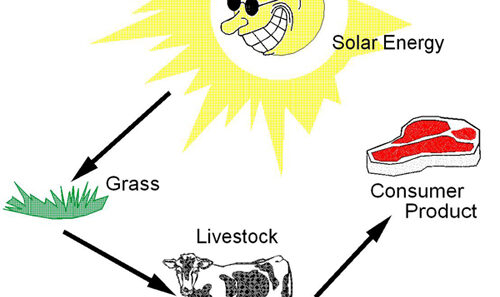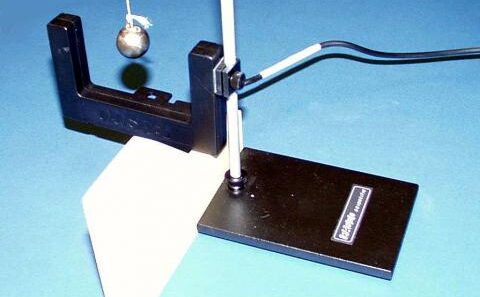As society continues to grapple with the evolving demands of energy consumption and the pressing realities of climate change, it is invaluable to explore innovative methods of energy storage and conservation. One such method lies within the intriguing world of capacitors. But before delving deep into the science behind them, let’s pose a playful question: What if you could store energy in a little container and unleash it precisely when needed? This is precisely the function of a capacitor, and it presents us with both opportunities and challenges in the realm of electricity and sustainability.
Capacitors are electrical components that store electrical energy temporarily. They consist of two conductive plates separated by an insulative material or dielectric. The way they function might remind one of a sponge absorbing water, only in this case, the sponge absorbs electrical charge rather than H2O. This unique characteristic makes capacitors an intriguing player in the field of energy conservation.
The principle behind how energy is conserved in a capacitor revolves around its capacitance, which is defined as the ability of a system to store charge per unit voltage. Mathematically, it is expressed as:
C = Q/V
Where:
- C is the capacitance in farads (F),
- Q is the charge in coulombs (C),
- V is the voltage in volts (V).
When voltage is applied across the plates, an electric field forms, which in turn allows for an accumulation of electrical charge on the plates. This stored charge is what gives capacitors their potential for energy conservation. The energy (E) stored in a capacitor can be mathematically quantified by the equation:
E = 1/2 C V²
Here, the energy is directly proportional to the capacitance and the square of the voltage. Therefore, the selection of both voltage and the dielectric material between the plates plays a pivotal role in maximizing energy storage and conservation.
Capacitors are undisputedly beneficial in various applications. For instance, they play a significant role in smoothing out fluctuations in power supplies. When a power source experiences a surge or dip, capacitors can release their stored energy to maintain a stable output, which is crucial in systems that require a consistent power supply. This attribute distinguishes them in the realm of renewable energy sectors, where fluctuations are frequent due to environmental inconsistencies.
One of the most fascinating aspects of capacitors is their rapid charge and discharge capabilities. Compared to batteries—which take considerably longer to discharge—capacitors can provide quick bursts of energy. This characteristic finds utility in applications ranging from camera flashes to electric vehicles, enhancing efficiency and ultimately conserving energy. Yet, this does lead to an essential challenge when considering long-term energy storage solutions. While capacitors excel at brief energy releases, their ability to retain charge over extended periods pales in comparison to batteries. Thus, the design and application of capacitors must be carefully considered based on the required duration of energy conservation.
Moreover, capacitors contribute to energy efficiency in electric circuits by mitigating power losses. The reactive power they provide can reduce energy waste, which is particularly beneficial in industries that rely on high-powered machinery. By fine-tuning the power factor of an electrical system, capacitors minimize energy consumption, leading to cost savings and reduced greenhouse gas emissions. This interplay between electrical engineering and environmental stewardship underscores the dual benefit of utilizing capacitors in modern electrical systems.
However, it is critical to acknowledge the environmental aspects surrounding the production and disposal of capacitors. Many capacitors contain materials that can be harmful if not managed correctly. For instance, electrolytic capacitors often utilize electrolytes that can leak into ecosystems. This highlights the importance of researching and developing more sustainable capacitor technologies, such as organic dielectrics or biodegradable materials, which could mitigate environmental impacts while retaining energy storage capabilities.
An innovative approach is to integrate capacitors with renewable energy sources. By pairing them with solar panels or wind turbines, energy can be stored during peak production and discharged during demand surges, thereby optimizing resource usage. This synergy exemplifies how harnessing renewable energy, supplemented by effective storage systems like capacitors, can pave the way for a more sustainable energy future.
From a research perspective, the quest to enhance capacitor technology includes exploring new materials and composite configurations. The development of supercapacitors, for instance, represents a significant leap forward. Supercapacitors combine the aspects of traditional capacitors and batteries, offering greater energy density while retaining the swift charge and discharge capabilities of classic capacitors. This hybridizes the benefits of both storage methods, making them ideal candidates for future applications improving energy conservation strategies.
As the demand for efficient energy systems grows in a world that yearns for sustainability, capacitors hold promise in the vast landscape of energy conservation. By allowing for rapid charge and discharge, improving energy efficiency, and bridging gaps in renewable energy systems, capacitors are essential components in paving the way for smarter energy storage solutions. In essence, capacitors exemplify how innovation in electrical components can contribute significantly to our fight against climate change and the pursuit of smart, sustainable energy practices.
The challenge remains: can we enhance these technologies to align perfectly with our environmental stewardship goals? As innovations burgeon, the interplay of design, efficiency, and sustainability will be paramount in crafting the future of energy conservation.







